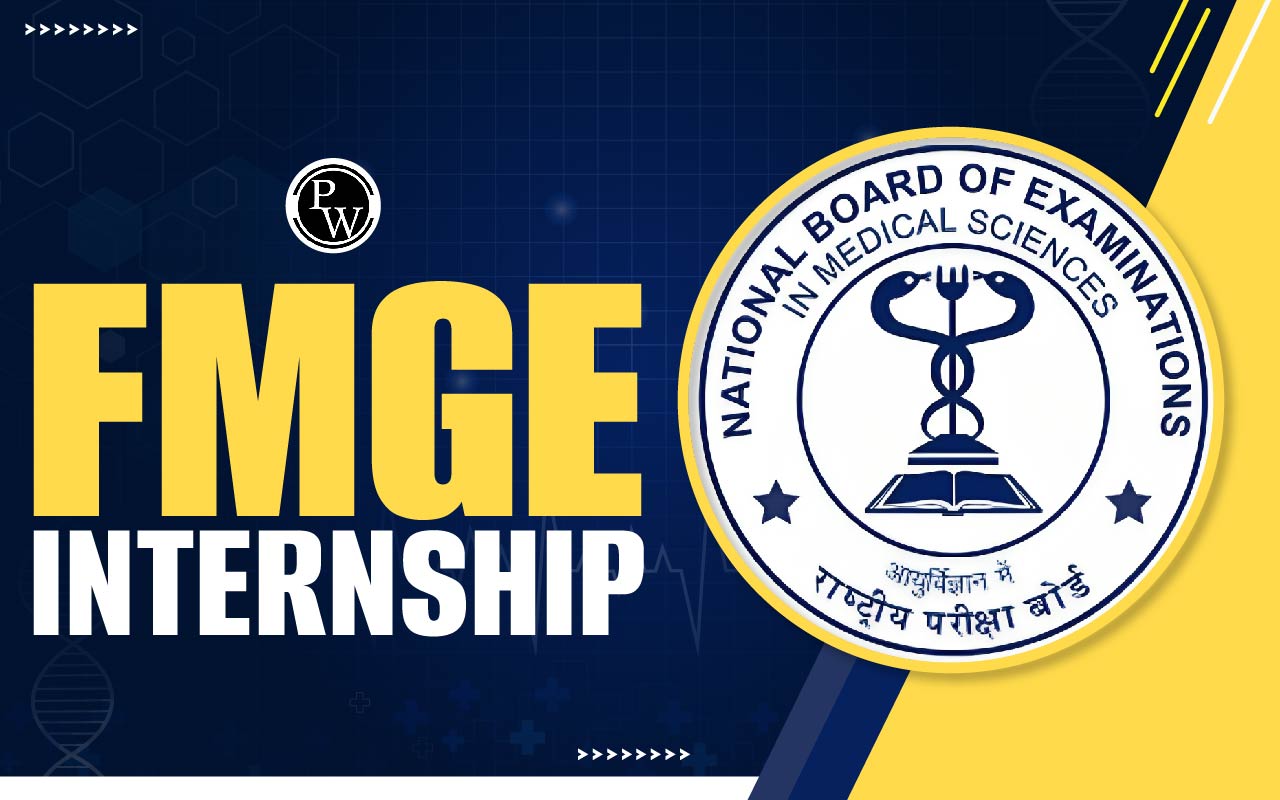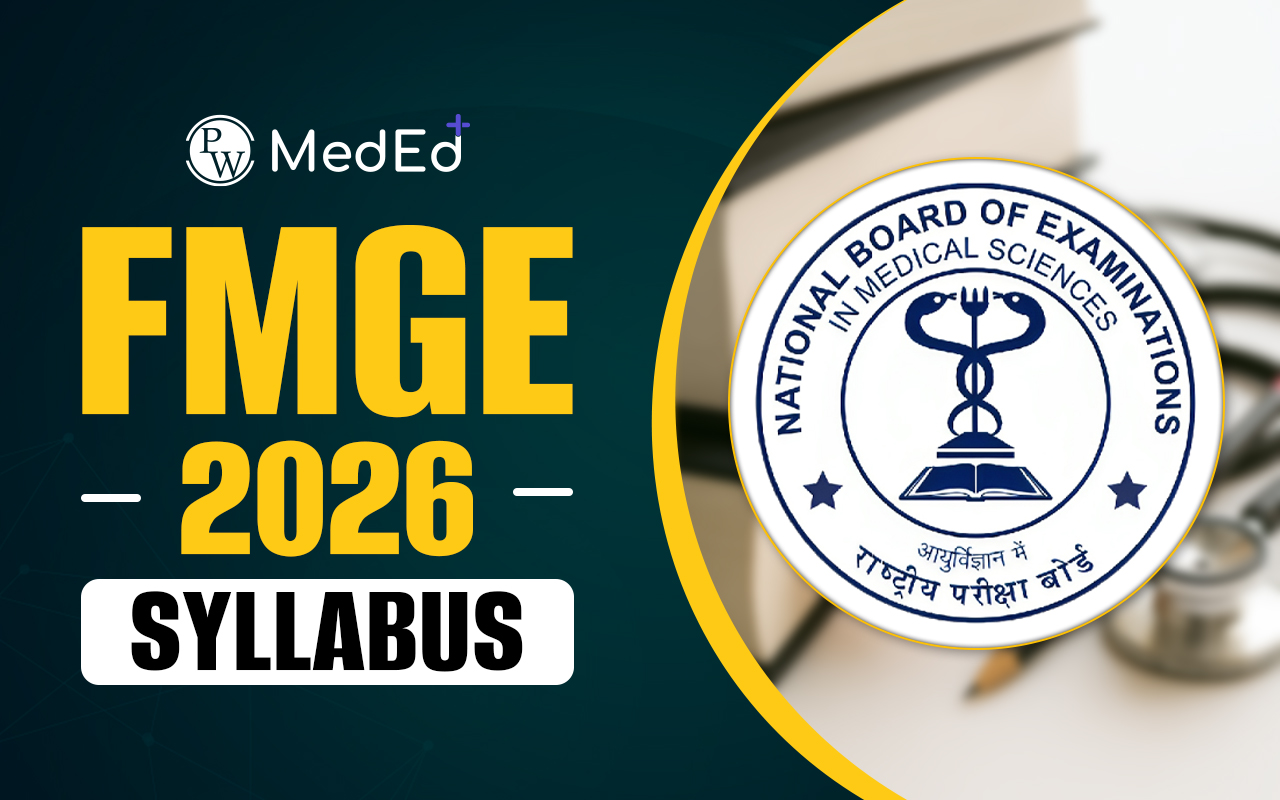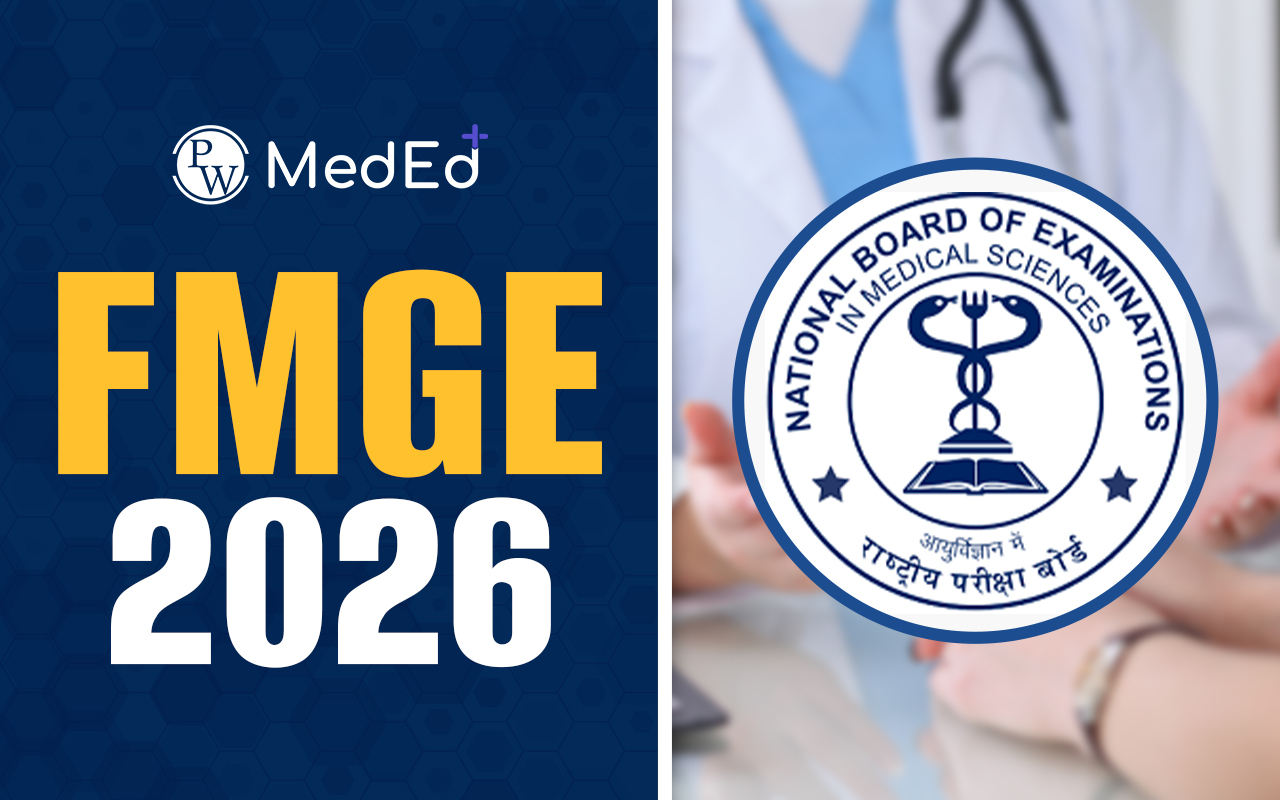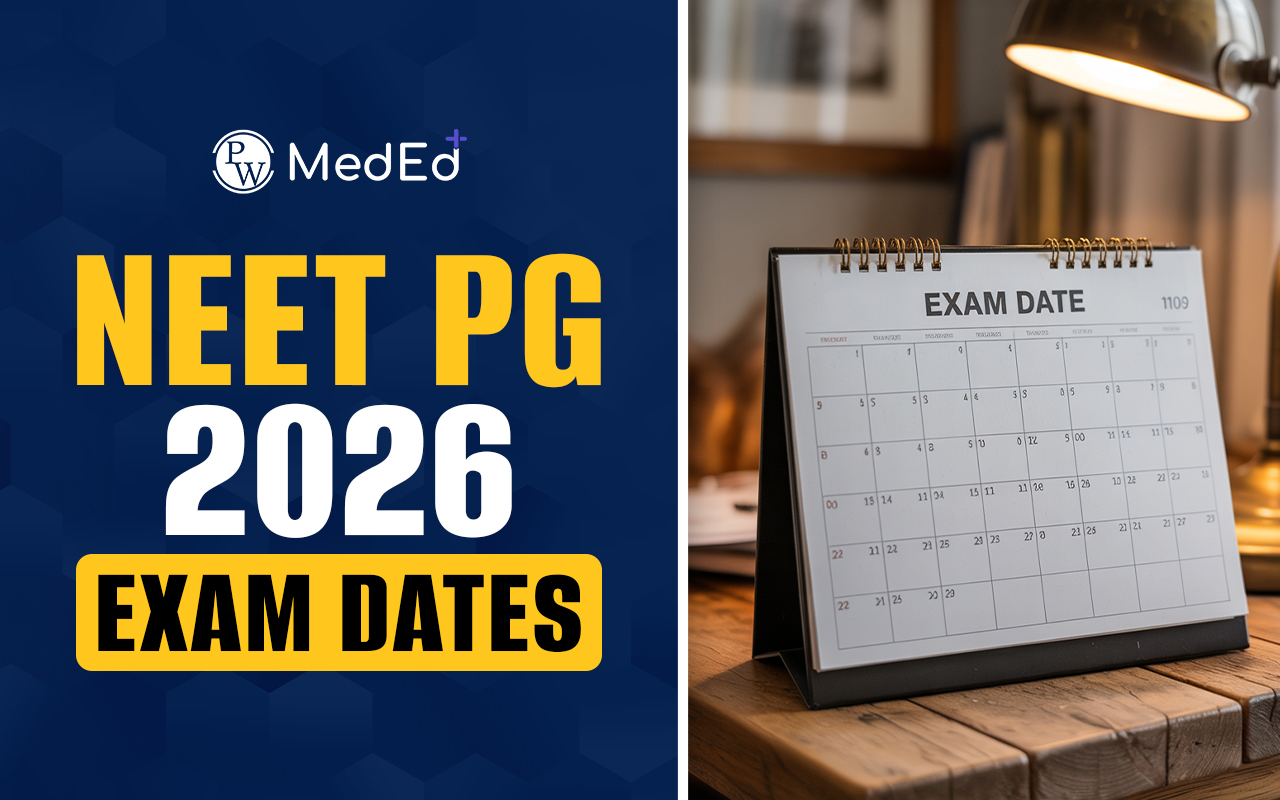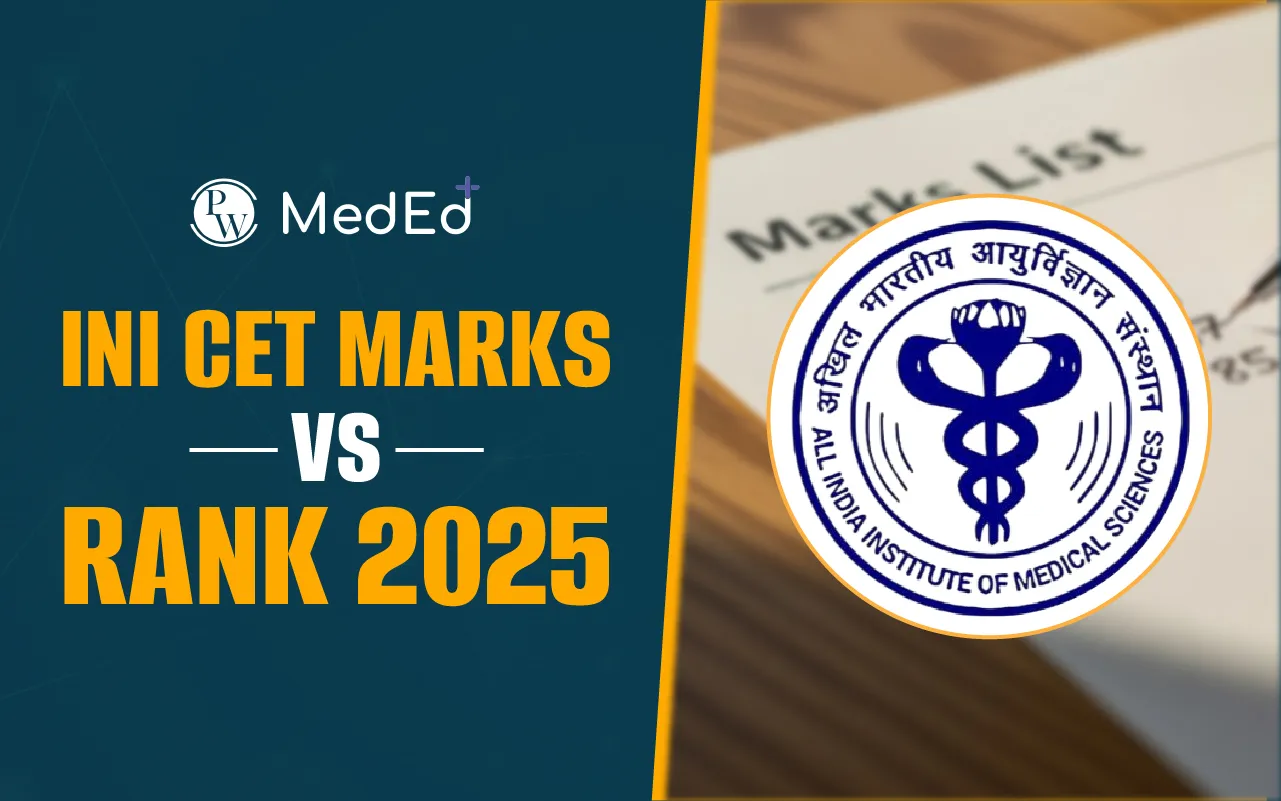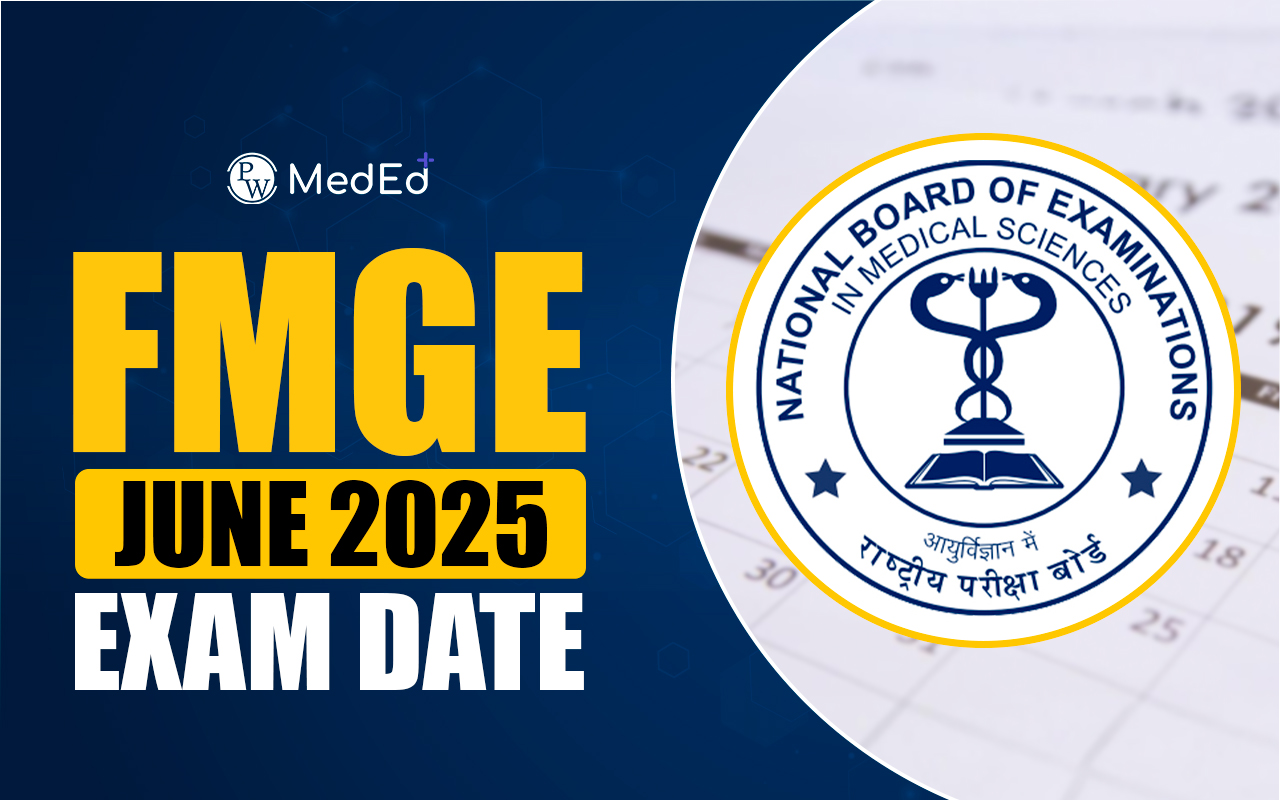
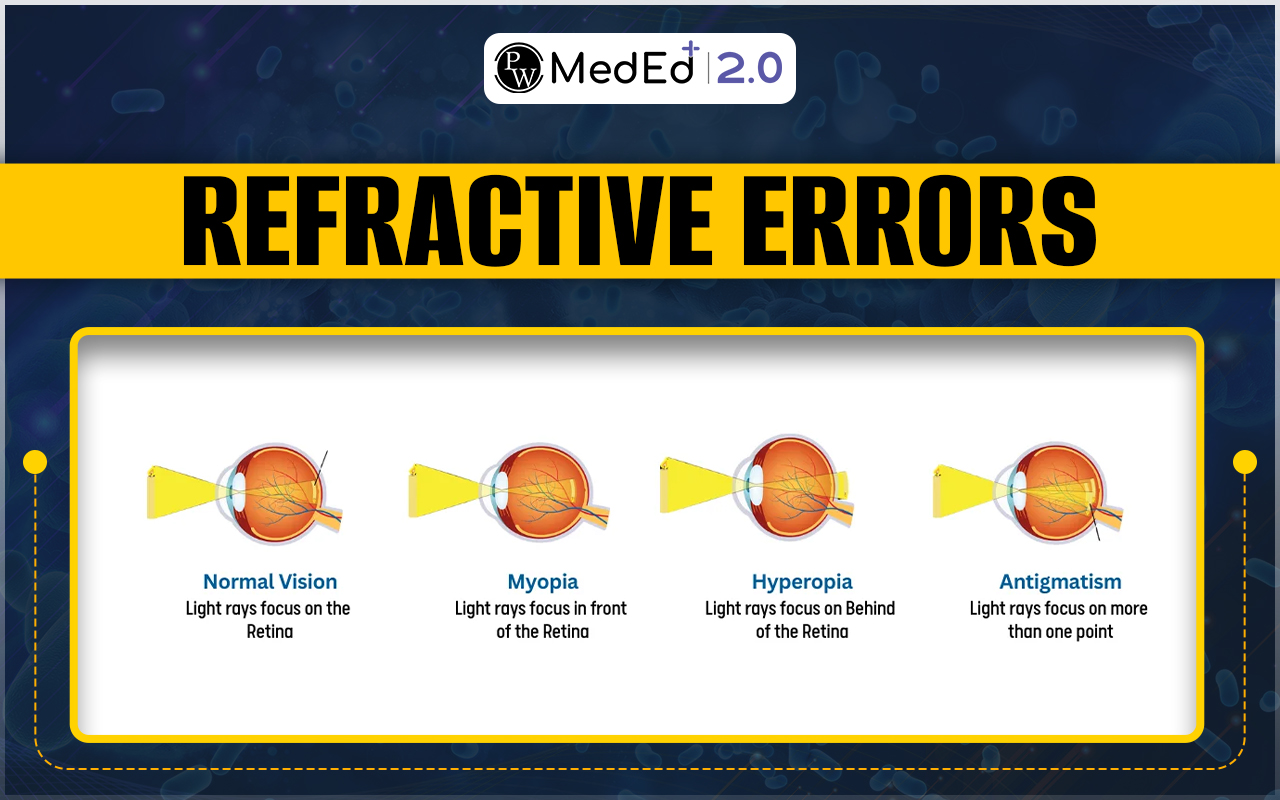
Refractive error is a vision disorder resulting in blurry vision and other visual issues. When the anomalies in the eye structure prevent light from properly focusing on the retina, it results in unclear vision. There are various treatment options for either temporary or permanent vision correction.
What Are Refractive Errors?
Refraction in the eye happens when the cornea and lens bend light to focus on the retina. Refractive errors impair the eye's capacity to correctly bend light so that an image formation on the retina is disturbed, making it difficult to view an object. Many refractive defects initially manifest in children; most people acquire them gradually with age. Even if you previously had clear vision, you can sometimes develop a refractive error.Causes of Refractive Errors
A refractive error may arise from one or more of the following causes:- A change in the shape of the eye
- An eye's surface that is inherently flatter or steeper
- A lens that is thinner or thicker than usual
- Either the eye is excessively long or short.
Types of Refractive Errors
There are four types of refractive errors, as explained below.Myopia (Nearsightedness)
It is a condition where you can see objects close to you but have trouble viewing distant objects. Nearsightedness typically results from an excessively long front-to-back shape of the eye, with the image developing ahead of the retina. An excessively curved cornea or lens can also be a reason. Children typically start to get this problem around the age of 10 years. There are two types of myopia:- Simple myopia: It can be corrected with glasses or contact lenses.
- Pathologic myopia is a degenerative myopia that hinders clear vision even with eyeglasses .
Hyperopia or Hypermetropia (Farsightedness)
In this condition, it isn't easy to notice nearby items, although you can see objects at a distance. It is the opposite of myopia. In farsightedness, the image is formed beyond the retina because the eye may be too short from front to back. Another factor is that your cornea or lens may need to be sufficiently curved. Types of hypermetropia include:- Simple hypermetropia : It is caused by a biological factor or inheritance.
- Pathological hypermetropia : It is acquired due to age or other external factors.
- Nerve-related issues cause functional hypermetropia .
Presbyopia (Age-related Farsightedness)
It's a particular kind of farsightedness that develops with age. People typically require reading glasses as they age because they can't see nearby things. The issue arises when your eye's lens loses flexibility with age and cannot focus on objects as it did earlier. This problem is prevalent among people over the age of 40.Astigmatism
It can cause objects to appear fuzzy from any distance, either close or far. Because of the deformed shape of your eyes, the light entering them bends and distorts more than it should, which causes astigmatism. For some individuals, it comes from birth, while others may experience it during adulthood. Astigmatism can be of two types, as follows:- Corneal: A distortion or flaw in the cornea results in corneal astigmatism.
- Lenticular: When the lens is distorted, lenticular astigmatism occurs.
Symptoms of Myopia
Some of the typical symptoms of myopia are as follows:- Things in the distance appear hazy.
- Items that are close look clear.
- Frequent Headaches
- Eye fatigue
- Squinting
- Blinking frequently
- Rubbing the eyes
- The need to partially close the eyelids to see clearly
Complications of Myopia
Numerous issues and complications may develop as a result of myopia.- Affecting school performance : Children who have myopia may face challenges in reading, writing, or following other academic activities due to their vision problems.
- Poor quality of life : Myopia may make it easier to enjoy hobbies or carry out daily duties if treated on time.
- Strain in the eyes: Persistent straining of the eyes may result from myopia, leading to headaches and other problems.
- Safety issues : Visual problems could endanger both your safety and the safety of others. If you are using heavy machinery or driving a car, this might be very dangerous.
- Other eye disorders : There is a higher risk of developing cataracts, glaucoma, retinal damage, and other serious eye problems if you have severe nearsightedness.
Diagnosis of Myopia
A simple eye exam determines myopia and evaluates your far-sighted ability. The eye care professional wants you to read a chart with varying-sized letters or symbols through various lenses. This exam aids in determining the proper prescription needed to address visual issues. The eye specialist might perform the following checks:- The way the eyeballs react to light
- Eye movements
- Peripheral or side vision
- Internal eye pressure
- Condition of the lens, cornea, and retina
Treatment of Myopia
Refractive surgery or corrective lenses are commonly used to help focus light on the retina to improve vision in myopic patients.- Prescribed lenses : Corrective lenses help compensate for your cornea's increased curvature or your eye's expanded length. These can be achieved with contact lenses or eye courses.
- Refractive surgery : To avoid high-powered contact lenses or spectacles, refractive surgery is recommended to improve eyesight. The eye surgeon uses a laser to reshape the cornea. After surgery, you may need to wear glasses for a while.
Symptoms of Hypermetropia
Some of the common signs of hyperopia are as follows:- Blurry vision, mainly while focusing on objects near your face
- Fatigued and blurred eyesight at night
- Difficulty reading
- Double vision while reading
- Pain in the eyes occasionally
- Strain your eyes while viewing nearer objects.
- Squinting while you read
Examinations of Hypermetropia
An essential eye examination includes an eye health check and a refraction assessment to determine farsightedness. Here is a brief overview of each:- Eye health exam: Your eye doctor may insert drops into your eyes to dilate them and make them more light-sensitive for a few hours. Your doctor can then see a more incredible view of the inside of your eyes.
- Refraction assessment: To test your distant and close-up vision, your doctor may ask you to gaze through many lenses and utilize various equipment.
Treatment for Hyperopia
The treatment approaches for hyperopia include the following:- Glasses: One easy technique to treat hyperopia is with spectacles. They correct the vision by altering the retina's ability to focus the image properly. The kind of lenses you need and how often you should wear them depends on your hyperopia level.
- Contact lenses : Similar to spectacles, contact lenses adjust how light enters your eye and bends. They are positioned directly on the surface of your eyeball.
- Surgery: It is an option if you want to treat your hyperopia permanently. Depending on the severity of hyperopia, you have a wide range of options.
Symptoms of Astigmatism
The most typical sign of astigmatism is blurred and distorted vision. It also makes it challenging to notice details on objects, both close and at a distance. Other signs of astigmatism include:- Observing a halo or glare surrounding lights
- Squinting to see well
- Headache
- Eye fatigue
- Difficulty seeing at night
Diagnosis of Astigmatism
An eye care professional will examine your eyes internally and externally to diagnose astigmatism. Your eye care professional may use a few tests to identify astigmatism, such as:- Visual acuity test: Y ou look at a wall chart with letters or symbols to assess your vision.
- Refraction test: Your eye care specialist will measure the amount of focus and bending of light inside your eye.
- Keratometry: This technique evaluates the curvature of your cornea.
- Slit lamp exam : Your eye care professional utilizes a slit lamp, a special microscope with adjustable brightness and light beam thickness, to see the various layers and components of your eye.
Treatment of Astigmatism
Most astigmatism cases require contact lenses or spectacles to improve your vision. In cases of minor astigmatism, you may not require contacts or glasses, but astigmatism can worsen and change over time. Vision correction surgeries may be advisable using lasers such as photorefractive keratectomy, PRK, and LASIK eye surgery. A skilled ophthalmologist will perform the surgery to reshape your cornea to ensure light reaches your retina correctly.Complications of Astigmatism
Astigmatism can lead to various complications, including aniseikonia, a condition in which there is a size difference between objects seen by the left and right eyes. It results from differences in refractive errors between two eyes, which causes the eye to focus on two spots rather than just one. Eye doctors might recommend specialized glasses with features to lessen the size difference between the eyes to treat aniseikonia. One of the most prevalent eye problems people experience is refractive error. It can lead to various kinds of vision difficulties. Depending on the nature and severity of the problems, your eye care professional will identify a suitable treatment plan to restore clear vision, regardless of your refractive defect. Lenses can correct almost all refractive errors; in some cases, a doctor may advise surgery. Download the PW MedEd app and prepare for your NEET PG or FMGE exam with India’s leading medical professionals.Refractive error FAQs
What is LASIK for the treatment of refractive errors?
LASIK (Laser-Assisted in Situ Keratomileusis) is a surgical procedure that uses a laser to change the shape of the eye's cornea to help form the image in the correct position.
Can refractive errors cure themselves naturally?
No, refractive errors can't be cured on their own. It requires treatment by an ophthalmologist.
What is the advantage of eye surgery?
Specific eye surgeries aim to correct the present vision problems so that no eyeglasses or contact lenses are required.
What is the most common type of refractive error?
Myopia, or nearsightedness, is the most common eye problem generated by refractive errors.
Does the refractive error happen in both eyes simultaneously?
No, refractive error can happen in one eye only.
Talk to a counsellorHave doubts? Our support team will be happy to assist you!

Check out these Related Articles
Free Learning Resources
PW Books
Notes (Class 10-12)
PW Study Materials
Notes (Class 6-9)
Ncert Solutions
Govt Exams
Class 6th to 12th Online Courses
Govt Job Exams Courses
UPSC Coaching
Defence Exam Coaching
Gate Exam Coaching
Other Exams
Know about Physics Wallah
Physics Wallah is an Indian edtech platform that provides accessible & comprehensive learning experiences to students from Class 6th to postgraduate level. We also provide extensive NCERT solutions, sample paper, NEET, JEE Mains, BITSAT previous year papers & more such resources to students. Physics Wallah also caters to over 3.5 million registered students and over 78 lakh+ Youtube subscribers with 4.8 rating on its app.
We Stand Out because
We provide students with intensive courses with India’s qualified & experienced faculties & mentors. PW strives to make the learning experience comprehensive and accessible for students of all sections of society. We believe in empowering every single student who couldn't dream of a good career in engineering and medical field earlier.
Our Key Focus Areas
Physics Wallah's main focus is to make the learning experience as economical as possible for all students. With our affordable courses like Lakshya, Udaan and Arjuna and many others, we have been able to provide a platform for lakhs of aspirants. From providing Chemistry, Maths, Physics formula to giving e-books of eminent authors like RD Sharma, RS Aggarwal and Lakhmir Singh, PW focuses on every single student's need for preparation.
What Makes Us Different
Physics Wallah strives to develop a comprehensive pedagogical structure for students, where they get a state-of-the-art learning experience with study material and resources. Apart from catering students preparing for JEE Mains and NEET, PW also provides study material for each state board like Uttar Pradesh, Bihar, and others
Copyright © 2025 Physicswallah Limited All rights reserved.
Get App

